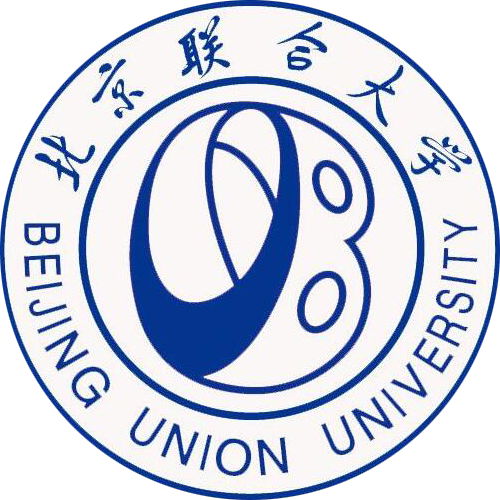详细信息
Analysis on flow field of the valveless piezoelectric system with a rotating unsymmetrical slopes element ( EI收录)
文献类型:会议论文
英文题名:Analysis on flow field of the valveless piezoelectric system with a rotating unsymmetrical slopes element
作者:Jiang, Yan[1]; Leng, Xuefei[1]; Xia, Qixiao[2]; Zhang, Jianhui[3]
第一作者:Jiang, Yan
通讯作者:Jiang, Y.
机构:[1] College of Astronautics, Nanjing University of Aeronautics and Astronautics, Nanjing 210016, China; [2] College of Mechanical and Electronic Engineering, Beijing Union University, Beijing 100020, China; [3] Precision Driving Laboratory, Nanjing University of Aeronautics and Astronautics, Nanjing 210016, China
第一机构:College of Astronautics, Nanjing University of Aeronautics and Astronautics, Nanjing 210016, China
通讯机构:[1]College of Astronautics, Nanjing University of Aeronautics and Astronautics, Nanjing 210016, China
会议论文集:2012 IEEE International Conference on Mechatronics and Automation, ICMA 2012
会议日期:August 5, 2012 - August 8, 2012
会议地点:Chengdu, China
语种:英文
外文关键词:Data Sharing - Flow fields - Piezoelectric devices - Piezoelectricity - Steel beams and girders
摘要:A new valveless piezoelectric pump, which integrates mixer and pump, is proposed, based on the theory of the piezoelectric pump with the Unsymmetrical Slopes Element(USE). It is designed not only two inlets and one outlet, but a Rotatable Unsymmetrical Slopes Element(RUSE). When the pump works, two fluids flow into the inlet channels, respectively. The RUSE can be rotated to adjust the flow resistances of the two inlet channels and varies their flows. It can realize the ratio control of the two flows. The fluids form a net flow due to the USE principle, while they are mixed into a homogeneous solution due to strong turbulence flow field and complex vortexes generated by RUSE in the chamber. And then the solution is exhaust out of the outlet. All of these processes realize the integration of mixing and pumping functions. Firstly, theoretical analysis on this pump is performed. Meanwhile, the flow field in the chamber is calculated and simulated. And then, the relationship between the flow of the pump and the rotating angle of the RUSE is established and analyzed. Finally, experiment on this pump is carried on. It shows that the empirical data and the theoretical data share the same tend. On condition of 20 0 RUSE, the maximum error between the theoretical flow and the empirical flow is 11.14%, and the maximum error between the theoretical flow ratio of the two inlets and the experimental one is 2.5%. All of these verify the theoretical analysis. ? 2012 IEEE.
参考文献:
![]() 正在载入数据...
正在载入数据...


